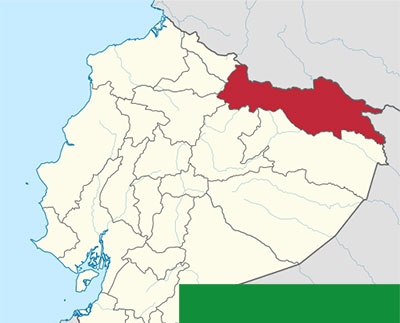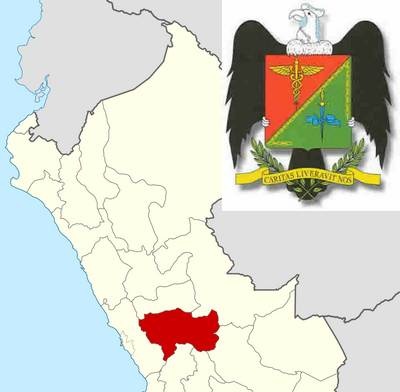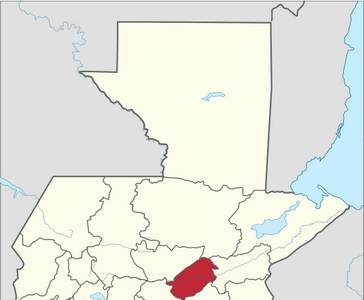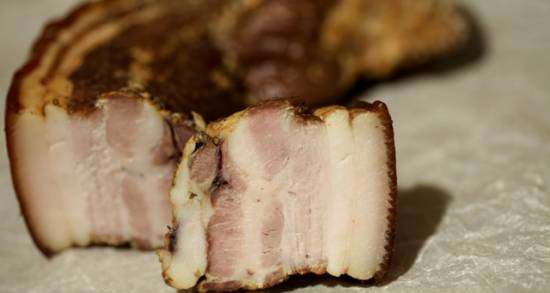|
 The Ecuadorian province of Sucumbios, located in the northwest along the borders with Colombia and Peru, is characterized by enchanting Amazonian rainforest landscapes, oil exploration, and the relationship between man and nature in indigenous communities such as the Quichua, Ziona, Secoya and Kofan. The Ecuadorian province of Sucumbios, located in the northwest along the borders with Colombia and Peru, is characterized by enchanting Amazonian rainforest landscapes, oil exploration, and the relationship between man and nature in indigenous communities such as the Quichua, Ziona, Secoya and Kofan.
The journey to the selva and acquaintance with the local culture begins with the cuisine: patava, bamboo cane, cassava, cocoa, cherimoya - the list of the most used ingredients contains more than 30 products, the tastes and aromas of which are countless, as are the options for their preparation.
Twice a year, the Sekoya Indians plant the reddish-colored Amazonian corn called pai-vea. According to research, this variety was bred by the Mayan people in the territory of modern Mexico and Guatemala more than 7000 years ago, and in the third millennium BC it came to the coast of Ecuador. Corn kernels are consumed in varying degrees of ripeness, but the most common mature kernels are cooked with:
• katuri - a kind of thick porridge, to which chili and river fish are added;
• weajaru - rich corn broth;
• acupia (akupia) - sweet bread made from ripe banana and corn, steamed in pots;
• a kind of tamal, for which an ear of corn is wrapped in a calathea bihao leaf and baked on coals;
 Also, corn is used as a supplement to chicken dishes. Also, corn is used as a supplement to chicken dishes.
One of the sacred products is cassava, there are two varieties of this tuber. They make from sweet chicha de yuca, that is, a fermented drink: cassava is boiled in a saucepan with water, then it is kneaded with a wooden crush and left to ferment, and the finished drink is diluted with cold water. Bitter variety is used for preparing a variety of dishes and pastries. Women squeeze juice from tubers, on which they cook soups, eg, piara'ka with fish or meat, as well as sauce neapia with chili. The starchy fibrous pulp is used for cooking casabe - crispy unleavened bread, a constant companion of hunters and additions to the game they bring, as well as tortillas (tortillas de yuca) from dough mixed with onions, eggs and butter. Boiled cassava is served to seco de guanta Is paki meat stewed with vinegar, onions, garlic, peppers and peanuts.
There is no shortage of fruit in the jungle, and regional cuisine has several varieties of bananas on hand, eaten fresh, mashed or mixed with chocolate. They are used to bake bread, garlic cakes patacones, tamales, fish and meat soups are thickened with them, and they are also smoked, ensuring their preservation for six months. Banana chicha (a famous ceremonial drink) and dish are very popular nuse hijiurma - balls of fruit pulp and chopped peanuts, which are eaten with hot peppers.
Cocoa is one of the sources of income for the province's farmers. In regional cuisine, not only fruit drinks and chocolatebut also a spicy sauce made from white cocoa seeds, salt, chili and green banana. In addition, white cocoa seeds are fried on a bamboo stick like a shish kebab and served with cassava or peach palm chicha, and uchumanga boiled with cocoa, young bamboo cane sprouts, potatoes, pepper and fish... In local cuisine, papaya is also important, with which salads and soups are prepared, and the fruits of renealmia as a food coloring: soup lukuisiraka from cassava, green chili and fish is tinted orange with Renealmia.
An indispensable element of northern Amazonian cuisine is the broad leaves of calathea bihao, which are used to wrap tilapia or kachama when roasting over coals maito - an original dish in which garlic, mustard, lemon juice, palm kernel, colored annatto oil and white onion are added to the fish. Cooking oil is obtained from the fruit of the Patava palm tree, which is often found on lands prone to flooding.
Elena
|
 The Ecuadorian province of Sucumbios, located in the northwest along the borders with Colombia and Peru, is characterized by enchanting Amazonian rainforest landscapes, oil exploration, and the relationship between man and nature in indigenous communities such as the Quichua, Ziona, Secoya and Kofan.
The Ecuadorian province of Sucumbios, located in the northwest along the borders with Colombia and Peru, is characterized by enchanting Amazonian rainforest landscapes, oil exploration, and the relationship between man and nature in indigenous communities such as the Quichua, Ziona, Secoya and Kofan.









